When Zoho sends an email on your behalf, it needs to show the receiving email server that it has permission to do so. Without permission, these emails are more than likely to end up being classified as spam by the receiving email server. To verify your domain, we publish Domain Name System (DNS) text entries generated by Zoho on your domain that receiving email servers will use to check an email’s authenticity.
SPF – Sender Policy Framework
SPF authorises specific outbound mail server IP addresses that can send emails on your behalf. When an email is received by an incoming mail server it checks the email header to see if it has been sent from one of those authorised addresses in order to rule it out as spam.
Example SPF Record –
v=spf1 include:au.zcsend.net ~all
DKIM – DomainKey Identified Mail
DKIM Verifies that an email has not been tampered with before it reaches the recipient. When an email is sent a DKIM record is placed in the email header called a hash, which is made up of elements in the email, such as its content and from address. When an inbound mail server receives an email it checks the email header for a DKIM record and creates its own hash using the email’s ‘content’ and ‘from’ fields, and if it matches the one in the email header it passes the DKIM. Emails with no DKIM Record may appear in your inbox with a ‘sent by’ or ‘via’ and include the real sender such as Zoho or some other email sending program.
Example DKIM record –
12345._domainkey.websitename.com.au
k=rsa; p=LFYaCqkvtTRHeakSdkbGLASE+nALKJqcQK9c/FySm74ighhD/QPipFWuwW
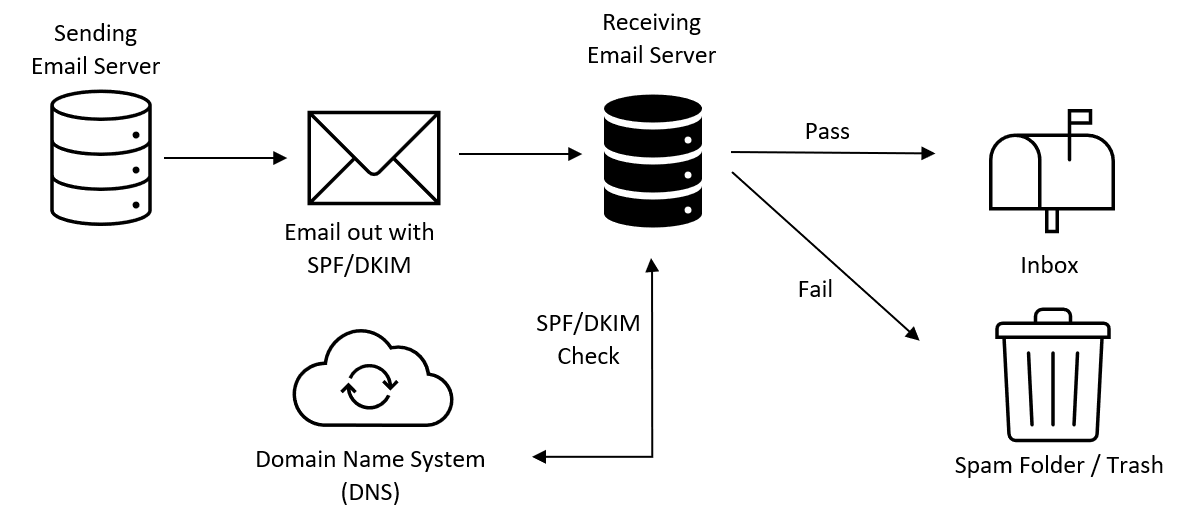
It is important to authenticate your domain with both Zoho CRM and Zoho Campaigns applications individually.
Zoho CRM
To authenticate your domain in Zoho CRM complete the following steps –
Settings > Channels > Email > Email Deliverability > Email Authentication

Start by clicking the ‘Add domain’ button, this will prompt you to add an email address from that domain. Note that it does not have to be the email address you are going to be sending from.
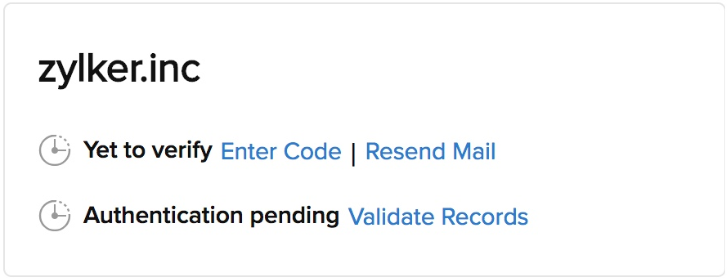
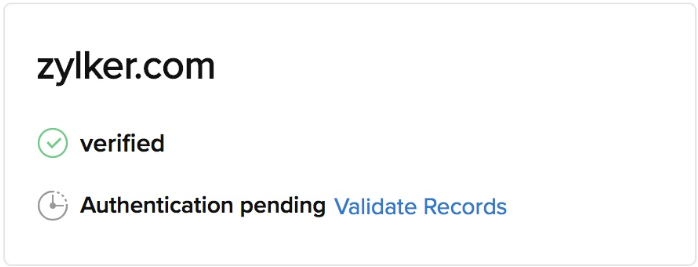
Here you can enter the code to verify the email address and are able to click ‘Validate Records’ to have CRM produce the SPF and DKIM records.
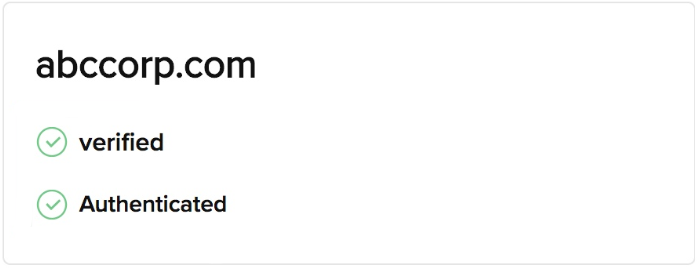
After the records have been copied into your DNS setting on your domain click Validate Records to complete the process.https://help.zoho.com/portal/en/kb/crm/connect-with-customers/email/articles/email-authentication
Zoho Campaigns
To authenticate your domain in Zoho Campaigns complete the following steps –
Settings > Deliverability > Manage Senders
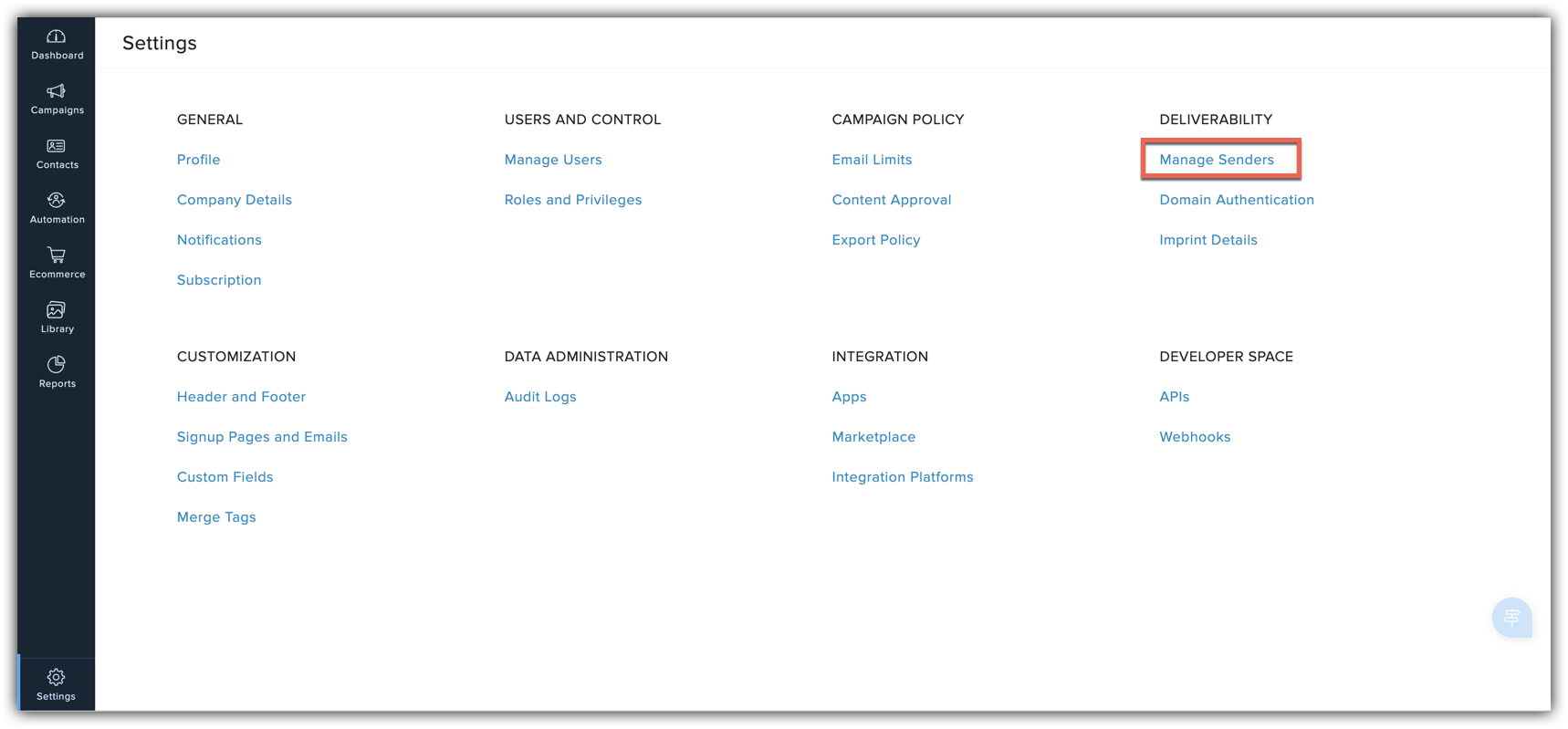
Similar to CRM above you need to add an email address from the domain you want to authenticate however this email will be the email address you are wanting to send your campaigns from.

Once you have verified the email select Domain Authentication in settings

Here you can produce and copy the SPF and DKIM records.

After the records have been copied into your DNS setting on your domain click Verify Domain to complete the process.https://help.zoho.com/portal/en/kb/campaigns/user-guide/settings/domain-authentication/articles/authenticate-my-domain#SPF




